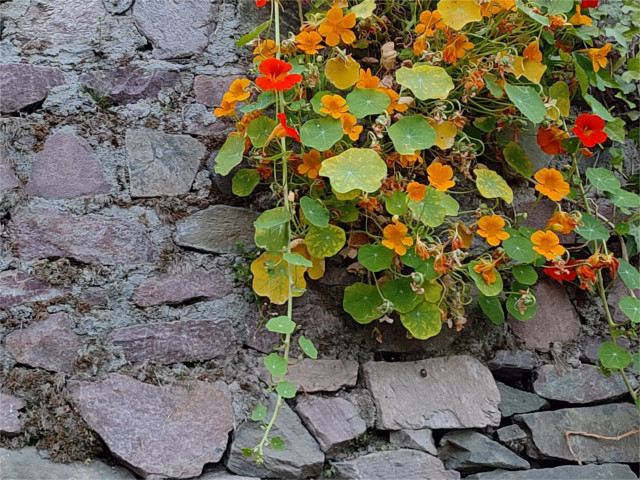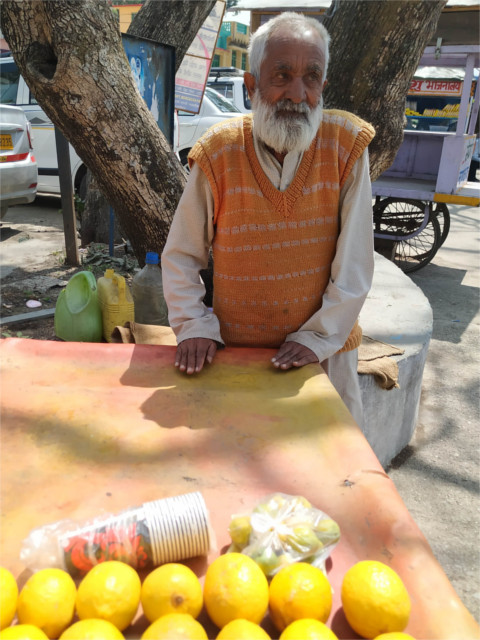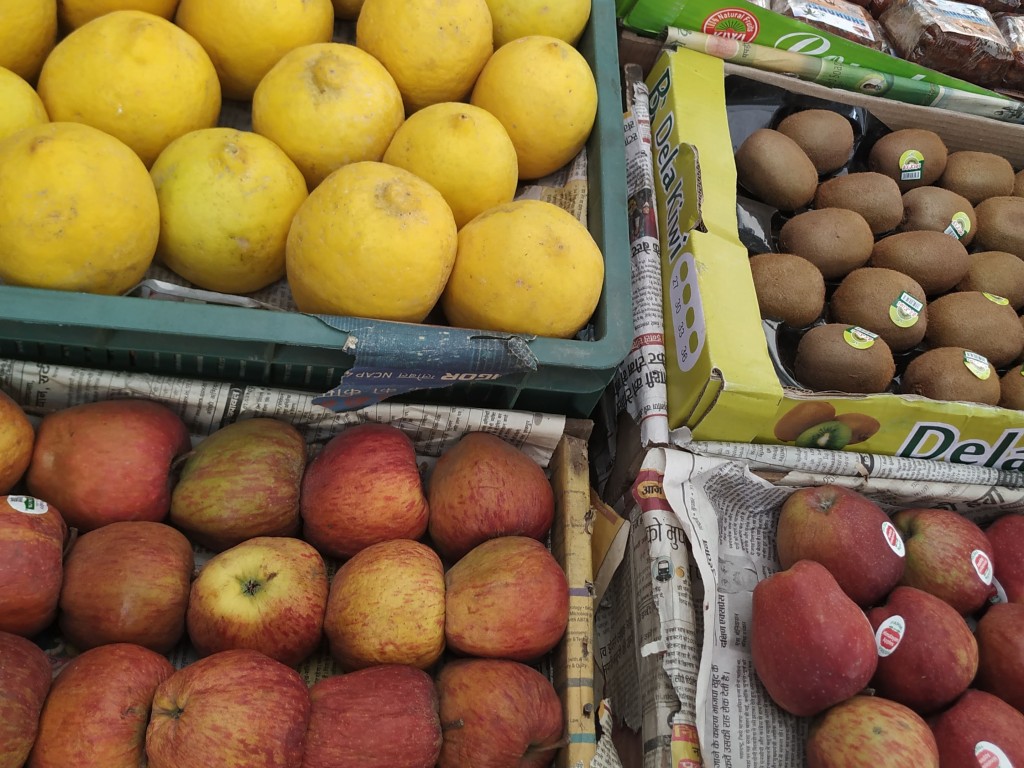Like many others, I went through the usual art classes at school. But even before I took my first such class, someone may have told me that you mix yellow and blue pigments to make green. These joyful discoveries were made systematic in the art classes where we learnt how the primary colours of pigments are red, yellow, and blue. This was so ingrained in my thinking that I completely ignored the writings of Seurat even after I discovered his pointillist techniques later in school.
I could have paid attention when my science teacher tried to tell us that the primary colours of light are different: red, blue, and green. When I did not, it was a steep learning curve for me as I grew interested in the stage during my years in college. I laboured at producing colours of light for plays using a completely wrong model for colours. I remembered the great surprise I had in producing a cold grey light for use in a play by mixing floods and spotlights. It was around then that I discarded the theory which worked for pigments.
Now, of course, as we learn to use software for editing photos, the use of RGB colours has become so widespread that Seurat’s discoveries about colour seem commonplace. Still, when I discovered this spring that leaves use the same method I felt the pleasant tingling of discovery. The underlying colour of many leaves is red. The green colour is due to chloroplasts that the leaves produce to perform photosynthesis. When leaves die and the chloroplasts begin to decay, leaves turn yellow. If they don’t rot quickly you see them turning red as more and more chloroplasts die. In spring you see this in reverse. New leaves start out red, and grow chloroplasts, first turning yellow, and then green in a reversal of the changes that autumn brings. The first two photos in this post are of this transformation in new leaves. The photo above shows the changes in dying leaves.
An old friend, once an artist in his spare time, took a job which involved printers and the design of colours. As he worked with software and printers, trying to reproduce the colours produced in one domain in another, his interest in colour vision and reproduction grew. I listened to him talk about how subtractive schemes like CMY correspond to the print experience better, and what happens if you add on black ink. Now he spends much more of his time on his art, but spared some time to talk about what he found.
Colour vision is a property of human physiology and perception. So the fact that our eyes have receptors, the rods and cones, is part of the story. But behind this is a layer of computational nerves, a neural network, which combines the signals from these, and feeds it to yet other nerve cells which then transmit the information, through our optic nerves, to specialized areas in our brains. It is hard to believe how we see! Birds and insects see the world very differently. Photos of flowers or butterflies’ wings taken at wavelengths invisible to us show incredible patterns. This is an indication that in the ecology in which they exist, markers visible to non-humans are important. It is amazing how much detail the world shows once you zoom in to any part of it.




